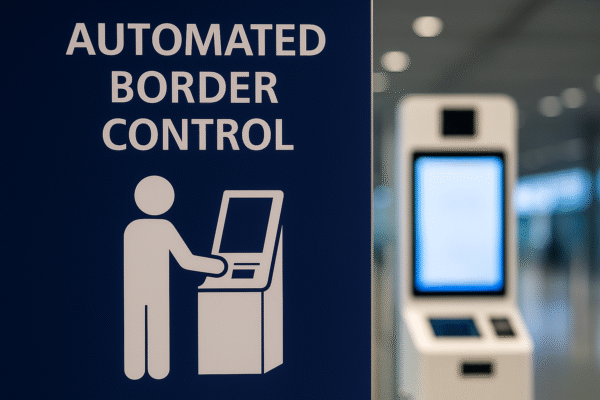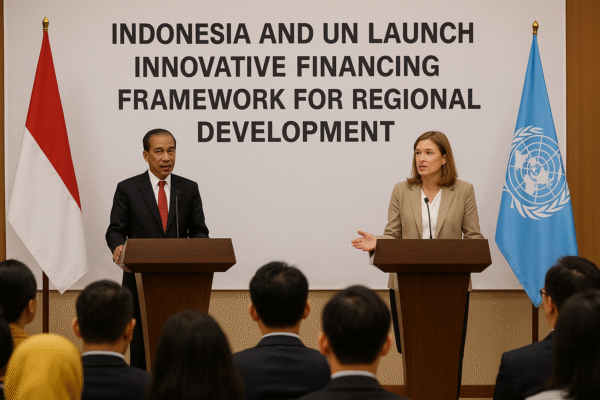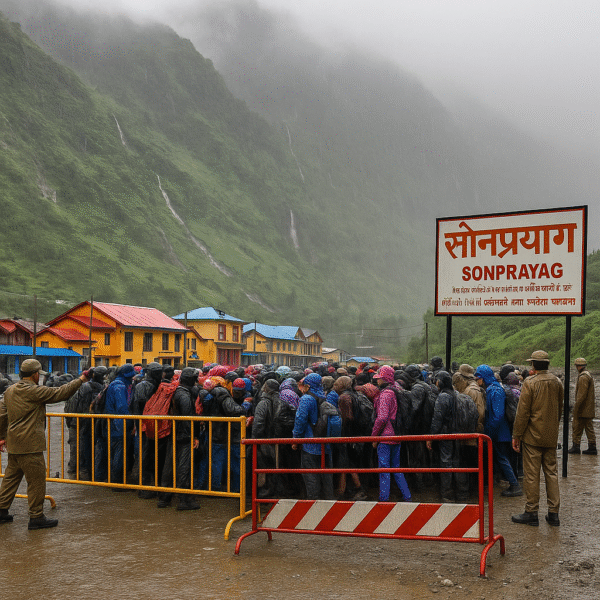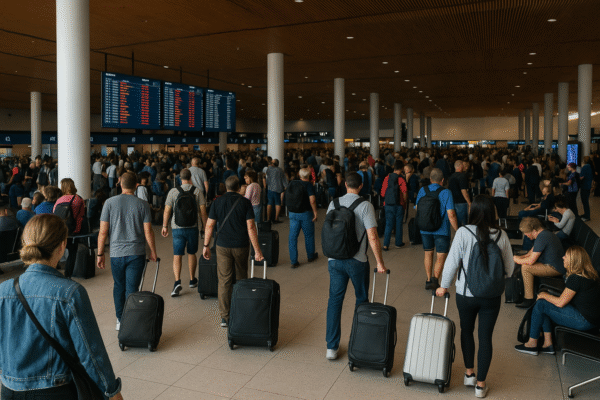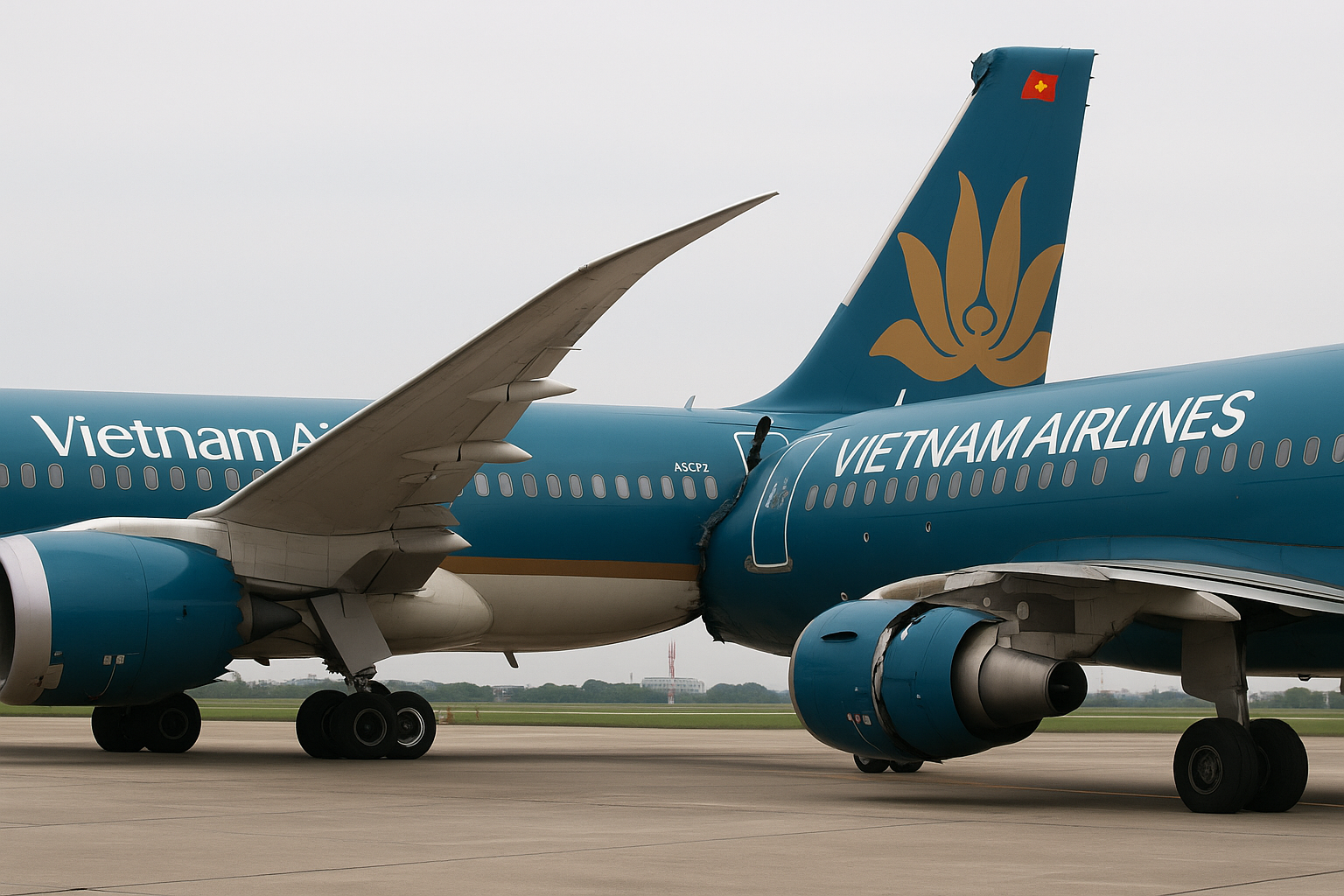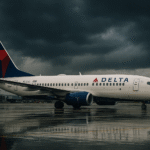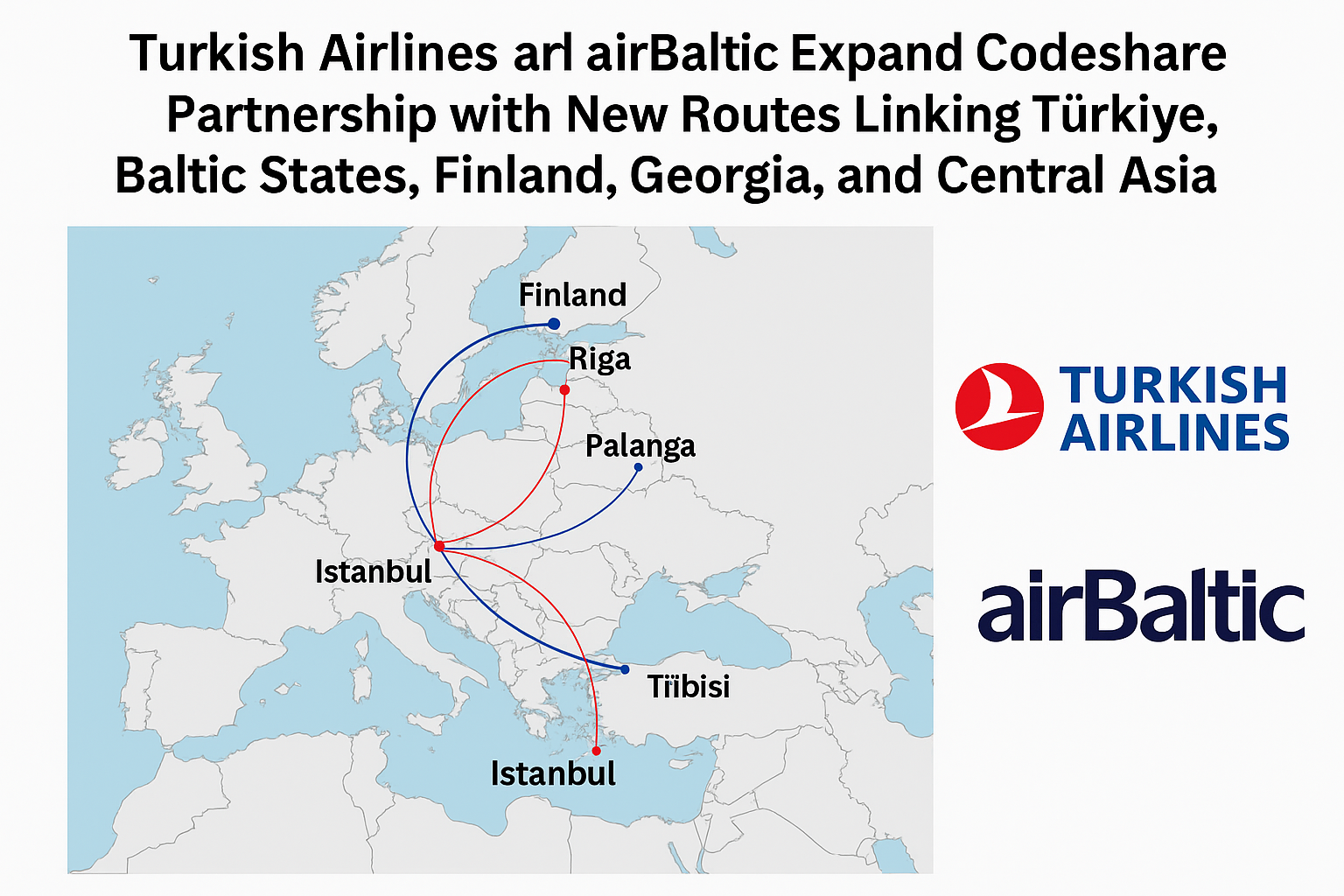On June 27, 2025, a significant ground collision occurred at Hanoi’s Noi Bai International Airport involving two Vietnam Airlines aircraft—a Boeing 787-9 and an Airbus A321. The accident transpired during routine taxi operations when the Boeing 787, preparing for takeoff to Ho Chi Minh City, struck the tail of the stationary Airbus A321, which was waiting to depart for Dien Bien. Thankfully, all 386 passengers aboard both flights escaped injury, but the collision caused substantial damage to both aircraft, prompting an immediate investigation and operational suspension.
Details of the Ground Collision
The incident unfolded in the afternoon as the Boeing 787 began taxiing on taxiway S3. Its right wingtip collided with the Airbus A321’s vertical stabilizer, causing structural damage that rendered both planes unserviceable for immediate flights. Debris from the damaged parts littered the taxiway, forcing airport authorities to implement swift safety protocols and ground operations control.
Both planes were promptly removed from service for safety inspections. Replacement flights were arranged by Vietnam Airlines to minimize disruption for travelers. The Boeing 787 suffered wingtip damage, while the Airbus A321’s tail fin was torn, leading to significant repair needs.
Immediate Actions and Pilot Suspensions
Vietnam Airlines acted decisively, suspending four pilots involved in the incident—two from each flight crew—as the airline launched an internal inquiry. Working closely with the Civil Aviation Authority of Vietnam (CAAV), the airline is conducting a thorough investigation to determine the root cause.
Preliminary findings indicate that the Airbus A321 was not parked precisely at its designated holding point on taxiway S3. This mispositioning may have played a key role in the collision, as the Boeing 787 taxied in close proximity. The CAAV has classified the event as a “Level B” serious incident, signifying a notable safety breach during ground operations.
Investigators are currently analyzing cockpit voice recorders, reviewing air traffic control communications, and interviewing all involved crew members and ground staff. The objective is to reconstruct the exact sequence of events to prevent future recurrences.
Vietnam Airlines’ Commitment to Safety
In response to the incident, Vietnam Airlines reiterated its unwavering commitment to passenger and crew safety. The airline promptly evacuated all passengers without injury and arranged for alternative flights to affected travelers.
Vietnam Airlines has pledged full cooperation with aviation authorities to clarify the incident’s causes and to strengthen operational protocols. Planned measures include enhanced pilot and ground crew training focusing on taxi procedures, improved communication between flight crews and air traffic controllers, and upgraded ground handling procedures at Noi Bai Airport.
The airline also recognized the importance of robust communication systems at busy hubs like Noi Bai International Airport, emphasizing that clear, timely exchanges are critical for avoiding ground collisions.
Broader Implications for Aviation Safety in Vietnam
The Hanoi collision spotlights the critical importance of strict adherence to standard operating procedures (SOPs) during ground handling and taxiing. Although no injuries occurred, such incidents could have catastrophic consequences if not addressed effectively.
Ground operations remain a vital, though sometimes overlooked, element of aviation safety. Key factors include precise parking and holding point adherence, situational awareness of pilots and ground controllers, and clear communication protocols. Vietnam Airlines’ swift response and the CAAV’s investigation aim to set higher safety benchmarks within Vietnam’s growing aviation sector.
Aviation Safety Measures and Future Outlook
As Vietnam’s aviation industry expands, with Noi Bai International Airport serving as a major gateway in Southeast Asia, continuous improvements in safety culture are essential. The CAAV’s classification of this incident will likely drive stricter regulations and enhanced oversight on ground operations.
Lessons learned from this collision will feed into global aviation safety initiatives, with Vietnam Airlines expected to update operational manuals and training programs accordingly. Enhanced collaboration between airlines, airport authorities, and regulators will be vital to mitigate risks inherent in complex airport environments.
Conclusion
The June 27, 2025, ground collision at Noi Bai International Airport involving Vietnam Airlines’ Boeing 787-9 and Airbus A321 serves as a cautionary tale emphasizing the importance of meticulous ground operation procedures. While the absence of injuries was fortunate, the incident has catalyzed immediate pilot suspensions and an ongoing investigation led by Vietnam Airlines and the Civil Aviation Authority of Vietnam.
Moving forward, the airline is committed to implementing strengthened safety measures, improving communication systems, and enhancing crew training to uphold the highest standards of aviation safety. This incident underscores the vital need for vigilance and strict procedural compliance in the rapidly growing Vietnamese aviation sector.
For more travel news like this, keep reading Global Travel Wire

